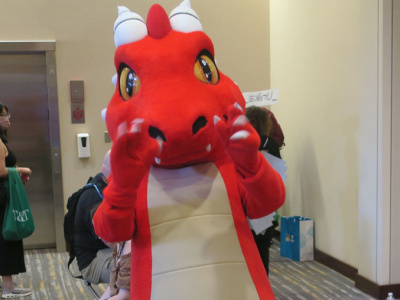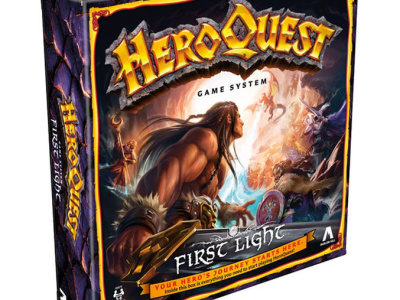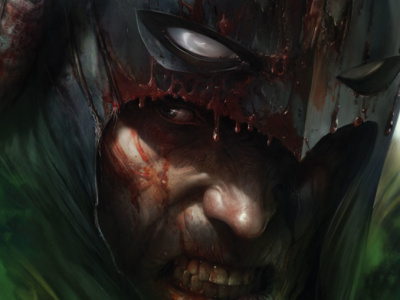
Shares of Barnes & Noble were off over 16% at the end of trading on Thursday after the release of the bookselling giant’s second quarter results, which saw sales decrease from $1.9 billion during the same quarter in 2010 to $1.89 billion. Barnes & Noble was able to cut its losses for the quarter from $12.6 million in 2010 to $6.6 million in the most recent quarter, but the chain’s performance was below Wall Street’s expectations, which were in the $1.98 billion range based in part on the prospect of bigger gains following the demise of Barnes & Noble’s major competitor Borders earlier this year.
While sales of B&N’s Nook reader and tablet expanded rapidly, the company indicated that it would be making additional short term investments of capital to fuel the growth of the Nook’s marketshare (i.e. subsidizing its sale price)—moves that led it to drop expectations for its full year EBITDA to the lower end of the previously announced range of $210 million to $250 million. The new Nook tablet faces strong direct price competition from Amazon’s Kindle Fire.
Though sales of physical books declined, sales through Barnes & Noble.com were up 17%, a gain that B&N attributed primarily to sales of the Nook devices and related content. Sales across the Nook category in the second quarter jumped 85% to total $220 million. As was the case in first quarter (see “B&N’s Digital Up”), it was digital sales that provided what growth the bookseller was able to muster in the second quarter. Next to digital related sales, the biggest boost came from sales of educational toys and games (see “Games and Toys Booming at B&N”).
Comparable store sales, an indication that B&N is seeing some additional revenue from the demise of Borders, improved each month through the quarter, but were still down 1% for the quarter. B&N CEO William Lynch told Wall St. analysts in a conference call that the company was on course to gain somewhere between $150 and $200 million of business from the demise of Borders.







